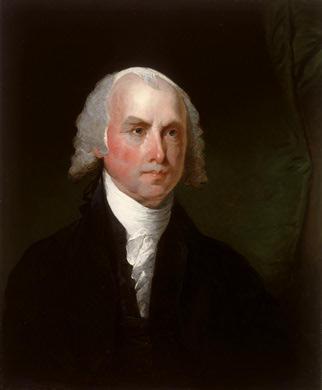September 25, 1789, Congress had approved and enrolled the proposals, and sent twelve proposed amendments to the Constitution to the states for ratification. Ten of the twelve amendments were approved, rather quickly, and by 1791 the were attached to the Constitution. These ten we now call the Bill of Rights.

James Madison proposed the first 10 Amendments to the Constitution, and the 27th Amendment; the 203 years it took to ratify the 27th Amendment is the longest legislative process in the history of the U.S., and probably the world.
The two proposals that failed to earn the required approval of three-fourths of the 13 states fell into a special limbo for Constitutional amendments that became clear only in the late 1970s when Congress discussed how long to wait for states to approve the Equal Rights Amendment (this is a much-simplified explanation, I know). Congress put deadlines on the ratification process in the late 20th century, but the first twelve proposals had no deadlines, nor did any other proposal before the Equal Rights Amendment proposal. In the 1980s, Congress passed a law that said any amendments floating around, unapproved, would be considered dead after a date certain. There were six amendments in that category.
Before that date certain passed, more states took a look at one of James Madison’s 1789 proposals. They liked it, and they ratified it — 34 states total.
That amendment became the 27th Amendment to the Constitution, on May 7, 1992, 203 years after it was proposed:
No law, varying the compensation for the services of the Senators and Representatives, shall take effect, until an election of Representatives shall have intervened.
This is the longest legislative procedure in U.S. history, perhaps the longest ever — it lasted much longer than many nations. By that ratification in 1992, James Madison became the person who proposed both the first, and last amendments to the Constitution.
Madison’s reaching out from the grave 156 years after his death — he died on June 28, 1836 — is one of the greatest legislative coups in history, too.




 Posted by Ed Darrell
Posted by Ed Darrell 
![A portion of the Bill of Rights is seen at the Vancouver [Washington] Community Library in 2016. (Amanda Cowan/The Columbian)](https://pcdn.columbian.com/wp-content/uploads/2016/12/471488-Bill-of-Rights_03.jpg)







